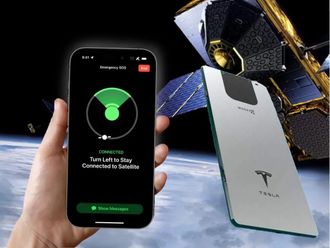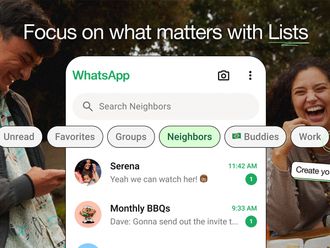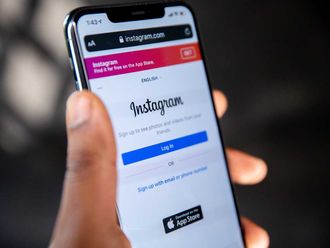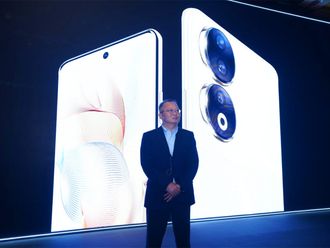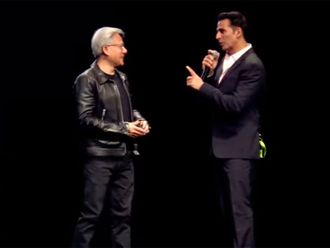London: View the search engine in any browser but Safari or Opera, and you'll get a full-page image.
Is this the end of the Google Doodle — and of Google's classic, clean lines? If you go to the company's home page you'll find you're greeted with a huge image — except if you use Apple's Safari or the Opera browser.
The feature is now forced onto you: visit the page, and you're greeted, or maybe confronted, with a whacking great image of a lily pond, or a field of flowers, or all sorts of things.
Google said of the feature that it "brings a whole new level of personalisation to Google by letting you add a favourite photo or image to the background of the Google homepage."
What's mystifying, at first, is what Google thinks it's getting out of this. The image adds to the time required to load the page and while you can change the background image to white, that means that you'll only be able to see the text on the page through its shadow — which doesn't work well in Internet Explorer, if at all. So Internet Explorer users might as well use Microsoft's Bing, which has been doing this sort of thing since its relaunch.
So, why? Larry Page and Sergey Brin used to be adamant nothing should spoil the clean lines of the Google page.
In those early years, they even turned down a very large sum from Visa, which wanted to have an advert on that front page. This, when they were a company with no revenue, and lots of outgoings.
But the no-advert policy has been repealed. That is, adverts by Google itself, for its Chrome browser, or its business solutions, have been included. What's happening with the pictures, then? It looks as though Google is trying to reach the huge mass of people who like some sort of personalisation. The idea of the image is to show you you can do this to the home page; if you click on the bottom-left link to 'Change background image', you get taken to a page where you have to log in — or create, a Google account.
So in that sense, this is another, subtle advert to get people to sign up to Google accounts, while putting Google on an equal footing with Bing in terms of how the page looks generally.
Don't forget Google will have tested this extensively. The idea of a picture on your search page probably looks foolish to experienced web users. To a lot of people, though, it looks like the best way to experience the web.
Ah, yes. The Safari thing. Viewing Google in Safari 4 or 5 you don't get the image. There's clearly browser sniffing going on here. Is it Google continuing some little acts of revenge on Apple for blocking access by AdMob, the Google subsidiary, on the iPhone? Possibly. Though I think the reason is much simpler, and comes down to mobile access.
Google is the default search page for iPhone users. And it's the most-used search page, online or on mobile. If you're on a mobile phone and you have to wait for an extra 11KB of data to download, it's not going to go well. So the blank page is a simple way for Google to keep giving mobile users a good experience.
Except there's also the Opera thing. Well, a lot of mobiles also use Opera. So is the image-based search page with us forever? One argument why it might be: it lets you know that you really are signed in to Google — not a fake. Only Google will know how your page should look; it's a form of identification that works even better than a password. One argument why it might not: because it means it's hard to distinguish it from Bing, and it means Google can't do Google Doodles any more.


